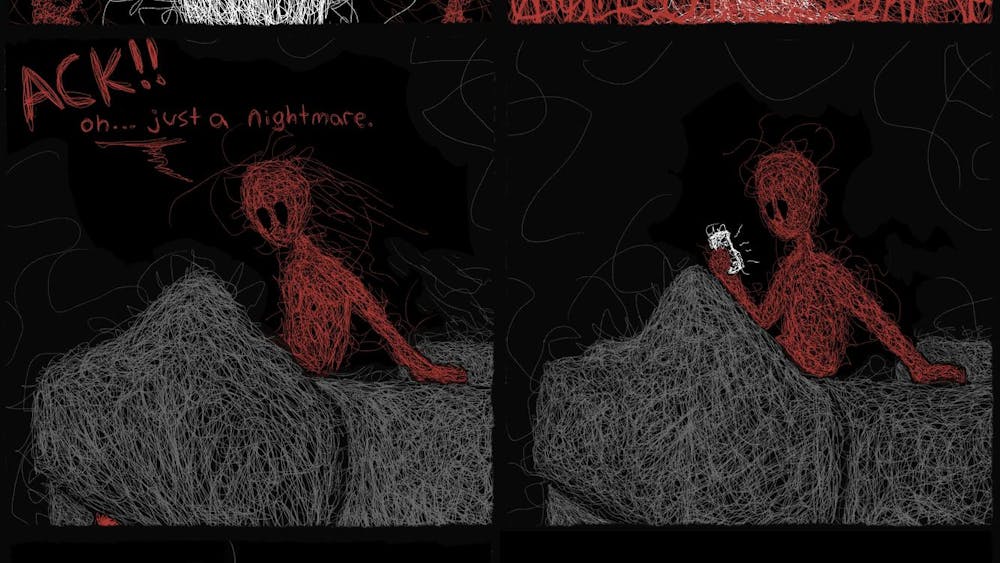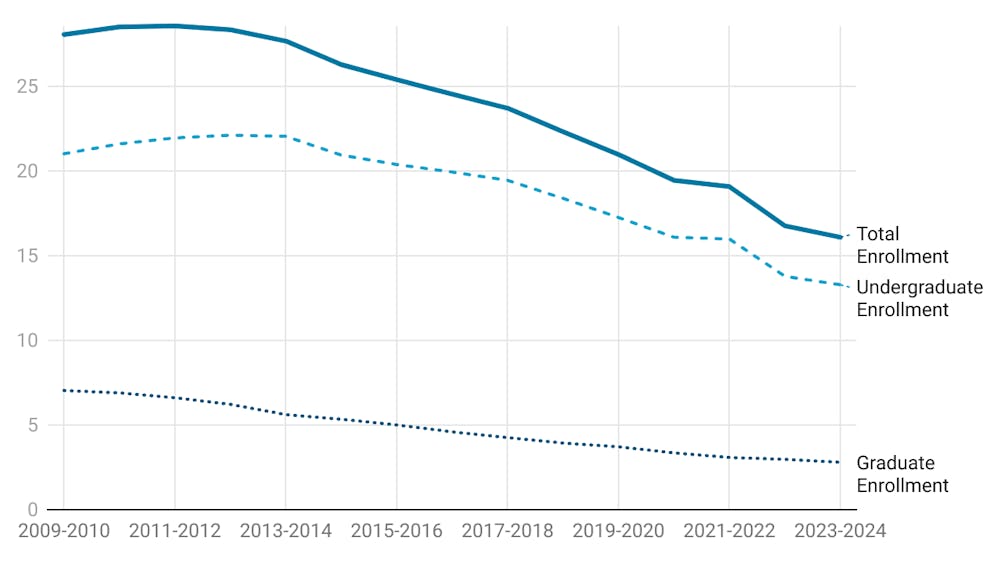If it were not for the colorful leaves falling from the trees, I would hardly be able to tell it is fall in France.
In my opinion, fall in America is a very happy and carefree time of the year. As soon as the leaves begin to turn, my family decorates our front porch with hay barrels, scare crows and pumpkins.
Since I was very young, going to a farm, picking my own pumpkin and carving it has been a yearly tradition, and I’ve always loved the hot apple cider and donuts after making my way out of the corn maze.
Throughout the past month, I found myself missing these festivities that are non-existent in France. That is not to say harvests and seasonal foods do not exist – because they certainly do. But for the most part it is not a common form of entertainment and not readily accessible.
As I walk through the city, I do not see a single pumpkin or fall decoration. I was actually surprised to see pumpkins for eating at the grocery store because this vegetable is not at all common here.
As for carving pumpkins, this childhood pastime is becoming more common in France but is still very rare.
When I went to an event, we received a pumpkin in a boxed kit of everything we needed. I laughed when I read the included instructions – to me, carving a pumpkin is intrinsic nature!
Halloween does not exist in France like it does in the United States. Stores are not filled with Halloween items, costumes or candy and very few children actually go trick-or-treating.
However, some do, unlike in the more recent past when the holiday was not celebrated.
Instead of Halloween, France celebrates Toussaint (All Saints’ Day) on Nov. 1st. Schools and businesses close down as families make their way to the graveyards with colorful flowers to pray for and remember the deceased. Some graves might only have one bouquet while others have several.
I was touched to see tombstones of those long gone had flowers on them. However, I felt sad for those who were forgotten –or perhaps their families did not yet arrive.
With all of the people and flowers, this land of the dead certainly felt alive, which in my opinion is the point because in the Christian faith we have eternal life.
So, one can view this holiday as being positive and happy. Visit http://www.newlifeinfrance.co.uk/toussaint-saints-day.html for more information on Toussaint.
Armistice Day is celebrated on Nov. 11 to commemorate the day World War I ended in 1918, and is highly respected by the French. In class, my professor told us memorial parades and events take place on this day.
Although I did not see any of this, I did witness many businesses being closed. However, because I spent the weekend in Grenoble (a more tourist city), rather than Angers, many restaurants and tourist buildings were open.
For more information on Armistice Day in France, please visit: http://french.lovetoknow.com/French_Armistice_Day.
Holidays remembering and commemorating the dead and soldiers, along with the typical rainy and gloomy weather in my city’s region, creates a rather dismal season compared to my home in the USA. Nevertheless, I am glad to have had the opportunity to view this important aspect of French society.
On a lighter note, Christmas toys, candy and items began appearing in stores before the end of October. Furthermore, lights have been strung across downtown streets in both Angers and Grenoble. Without a doubt, I can say the holiday season will be very cheerful and festive in France.
When studying abroad, learning about and experiencing a country’s holidays will greatly help you to better understand its people and customs.
I can truthfully say this fall was an excellent learning experience for me on French culture.









